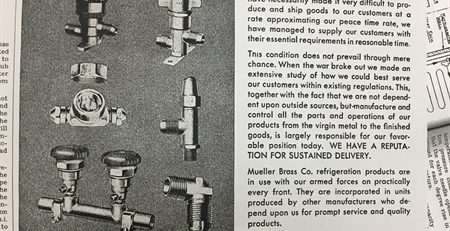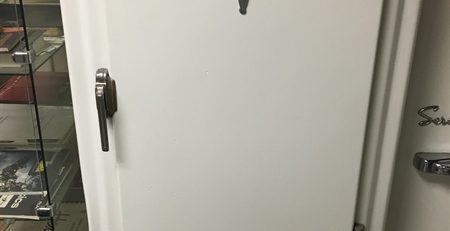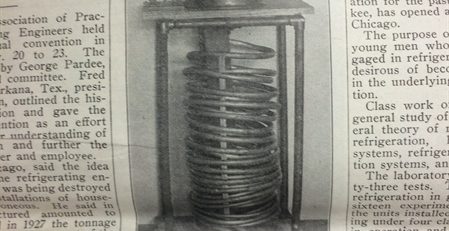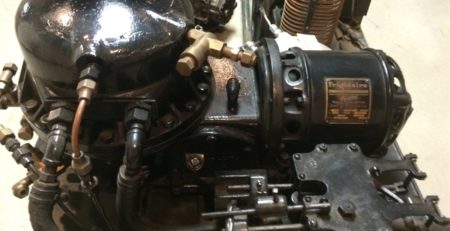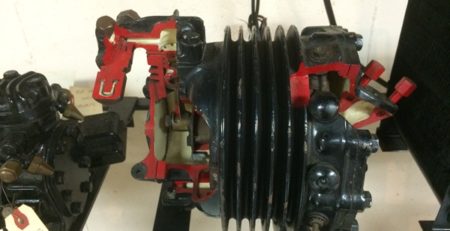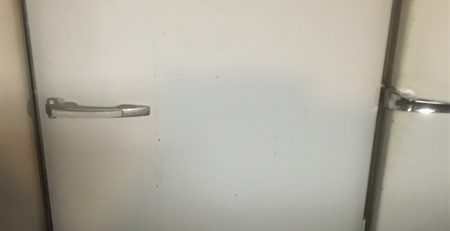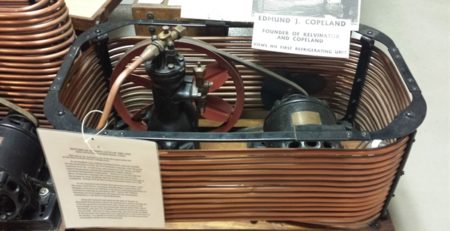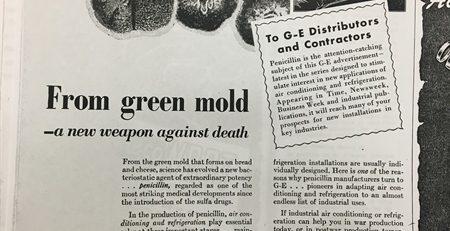The Grunow Refrigerator
Although we take it for granted today, in the early days of household refrigerators, many people were uncomfortable with the idea of sleeping under the same roof as a machine operating with a gas under high pressure. There was some concern about possible explosions or toxic gas leaks of ammonia, sulphur dioxide or methyl chloride.
So, then as now, there was much research devoted toward developing safe, efficient and benign refrigerants. One of these new refrigerants, Carrene, was utilized by the Grunow Manufacturing Company in their Grunow refrigerator manufactured in 1936 and shown in the attached photo.
This Grunow refrigerator actually operated under a vacuum of 23 to 26 inches of mercury in the evaporator and a discharge pressure about the same as atmospheric pressure. So, if a leak occurred in the system, the refrigerant gas would not escape into the air inside the house. This completely alleviated fears about explosions or toxic gas leaks into the house even though Carrene itself was considered safe and non-toxic by the scientific community.
However, Grunow’s competitors were quick to point out the disadvantages that this safety feature of Carrene provided. Since it operated under a vacuum, it would likely absorb air from the atmosphere through the smallest leak and over time the efficiency of the system would greatly diminish. Ironically, due to the closed refrigeration system and excellent sealing of the unit, this refrigerator is operating very efficiently more than 70 years after it was constructed and the idea perhaps hastily abandoned.


